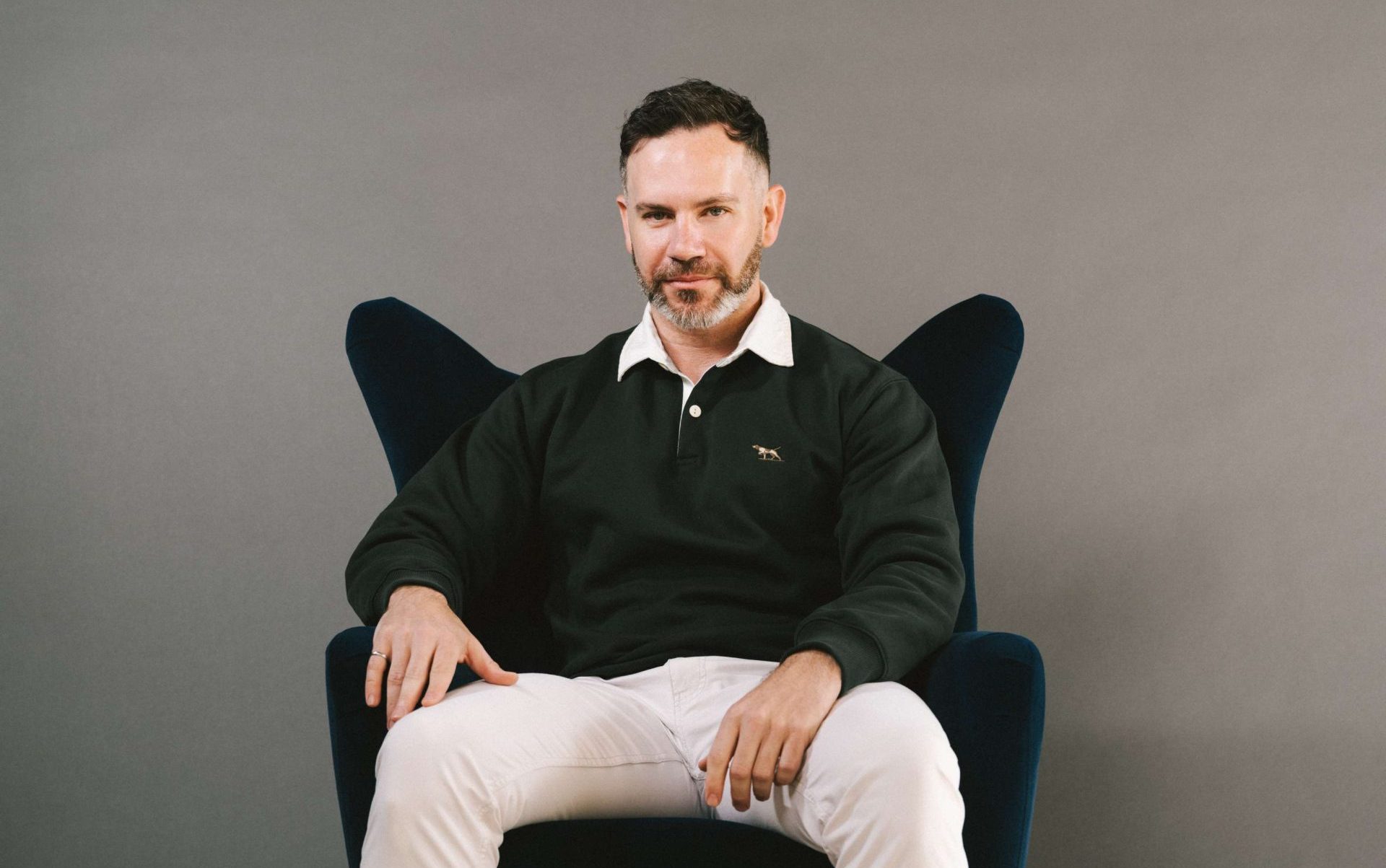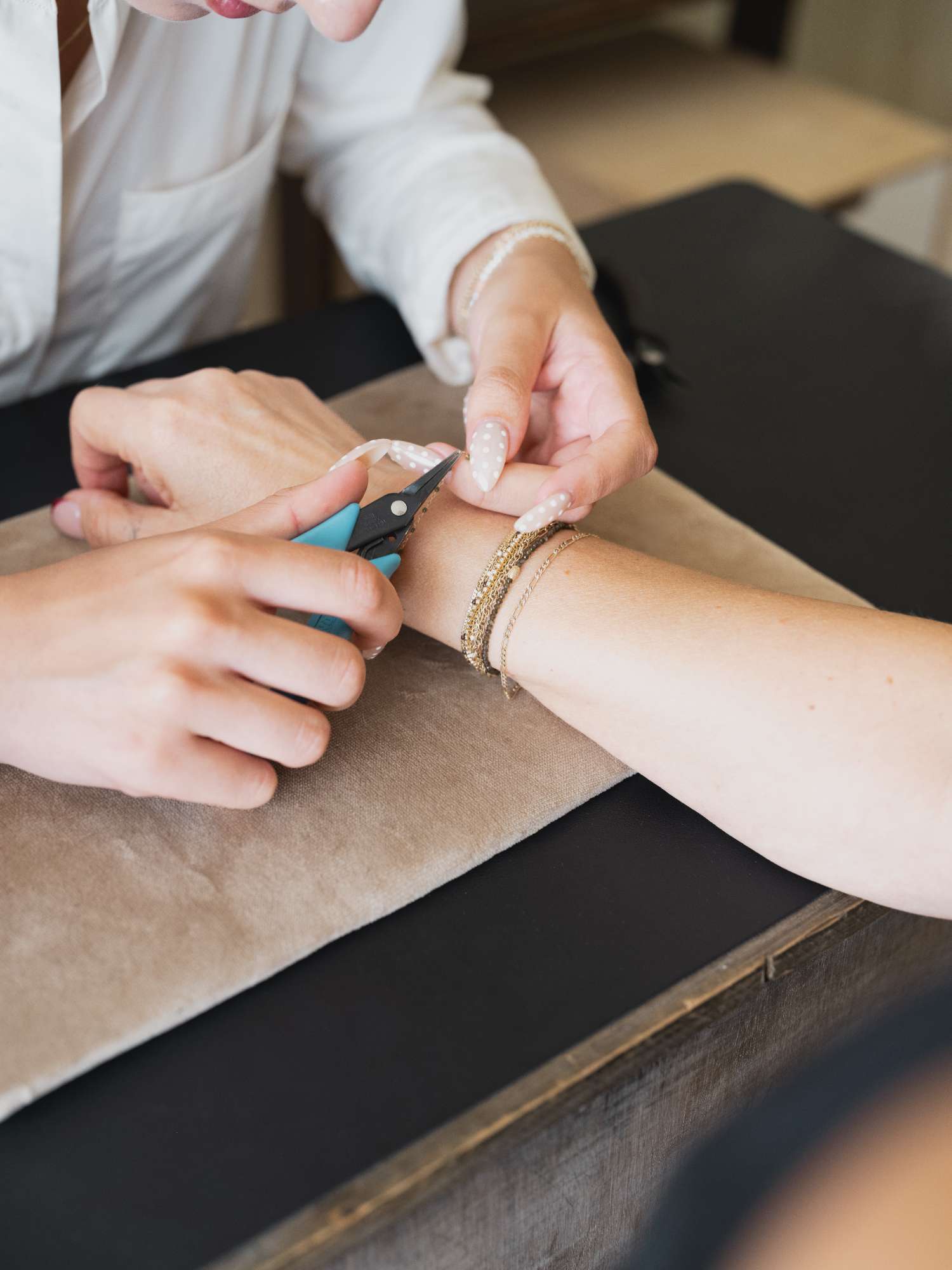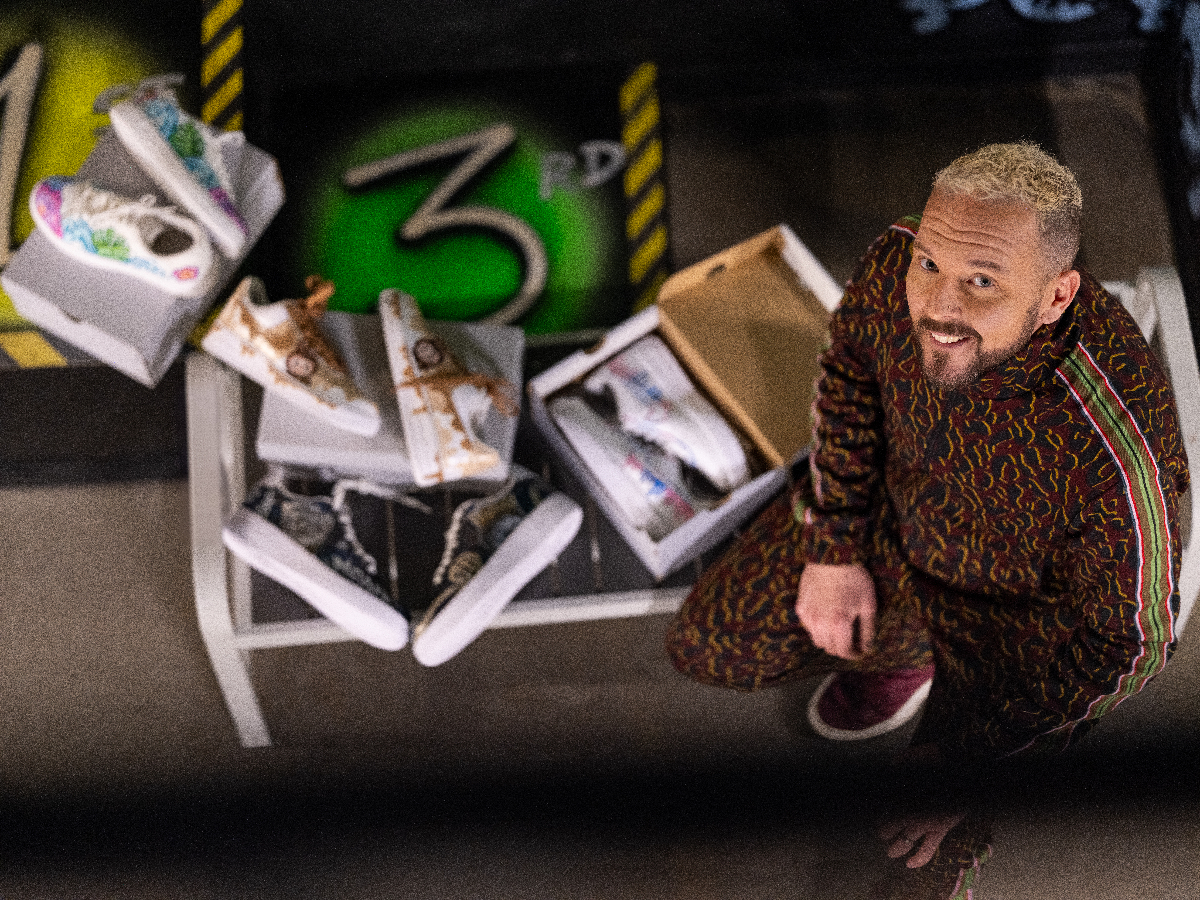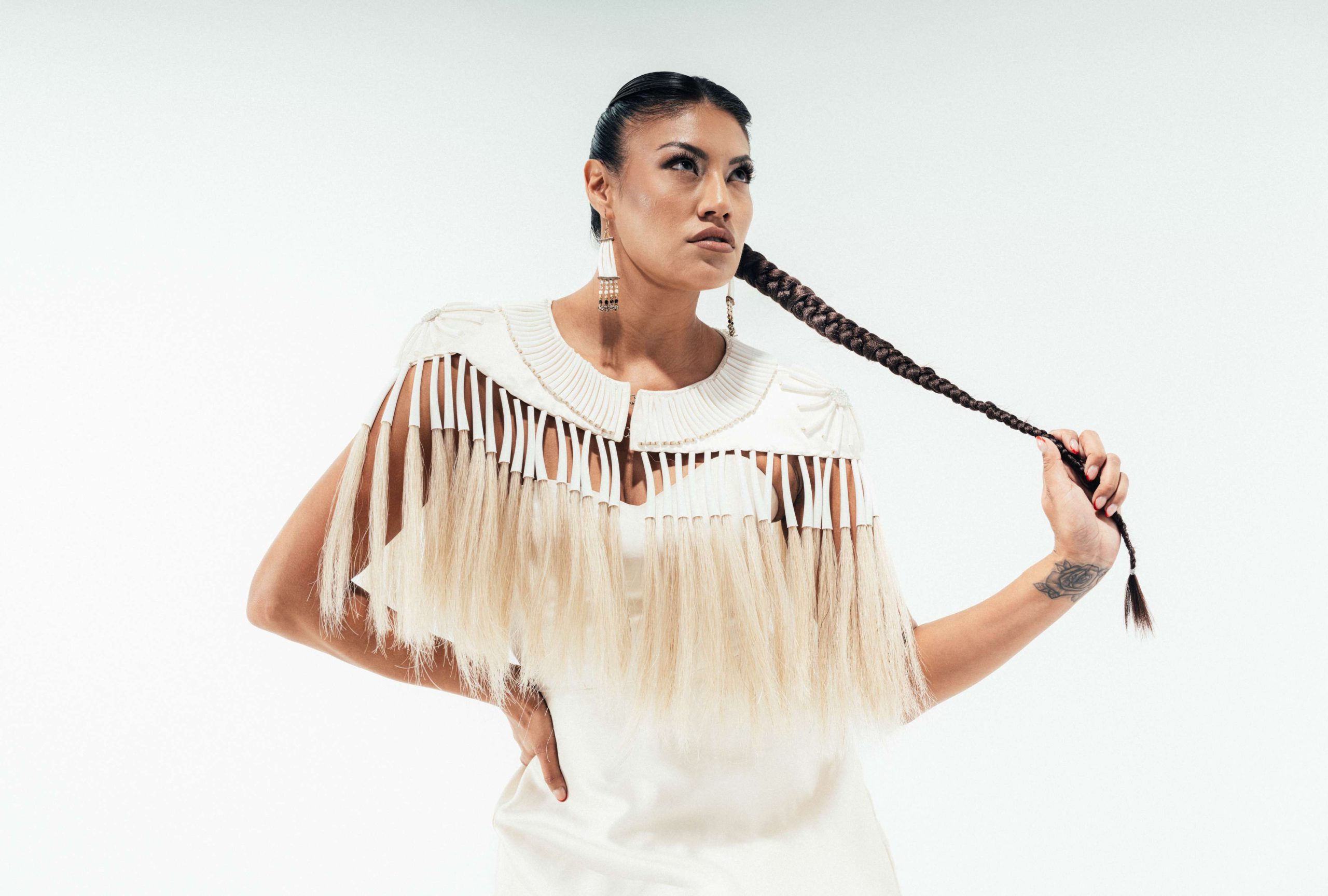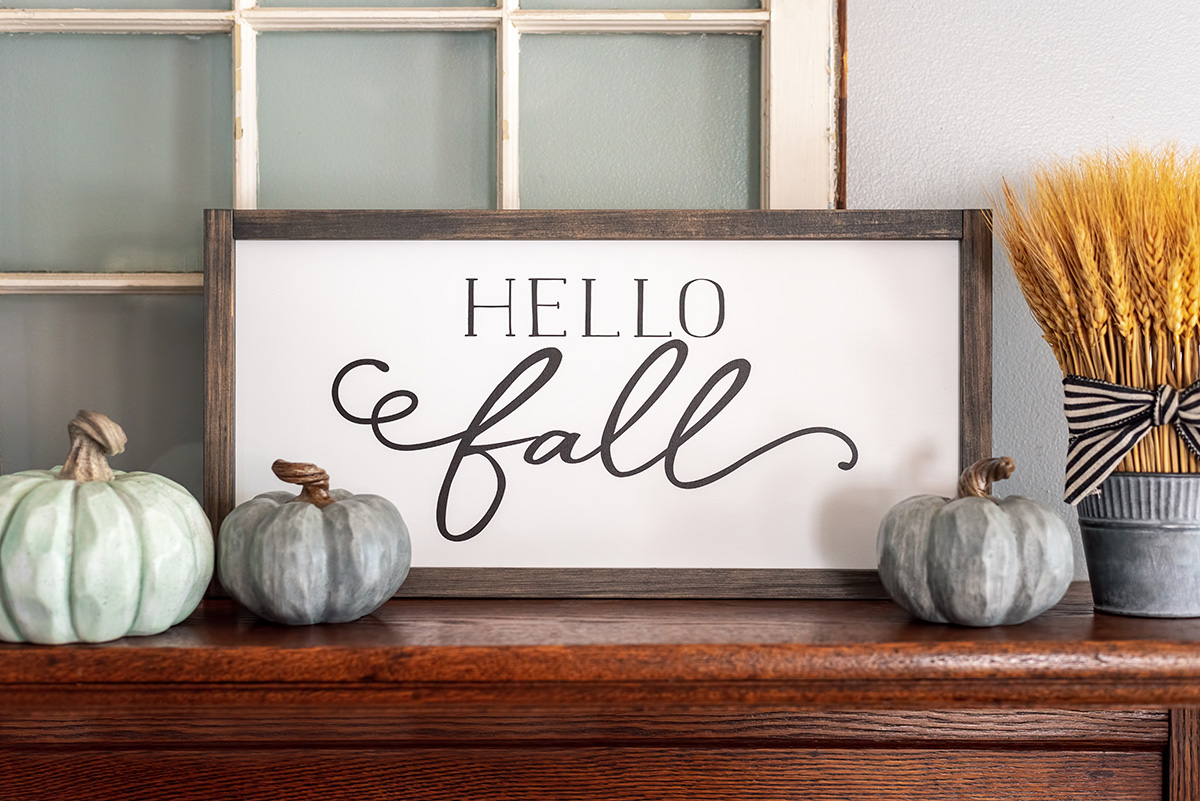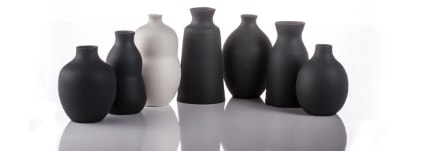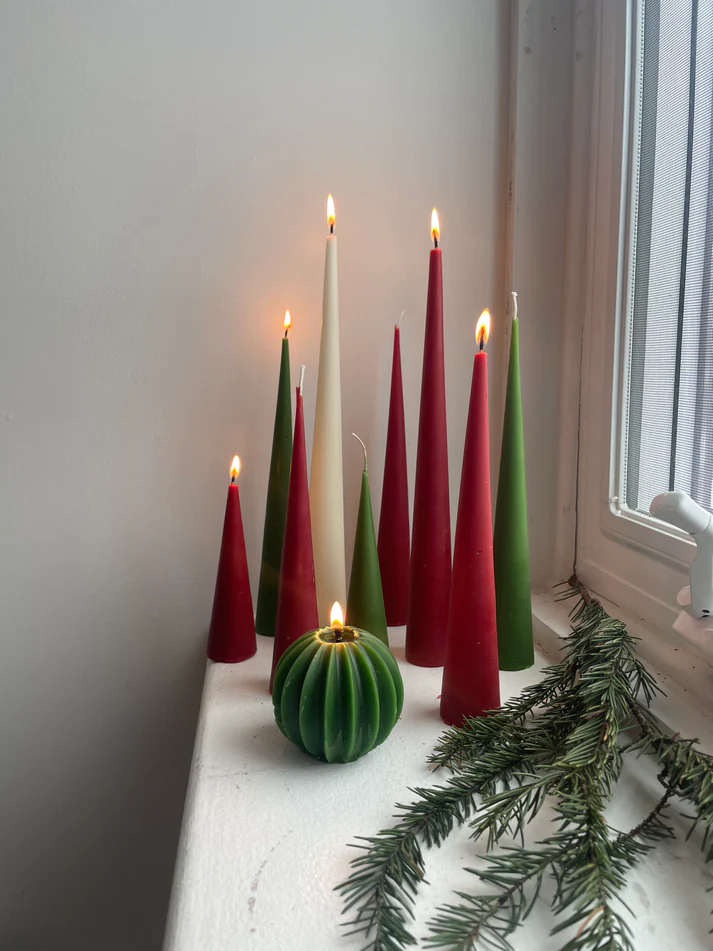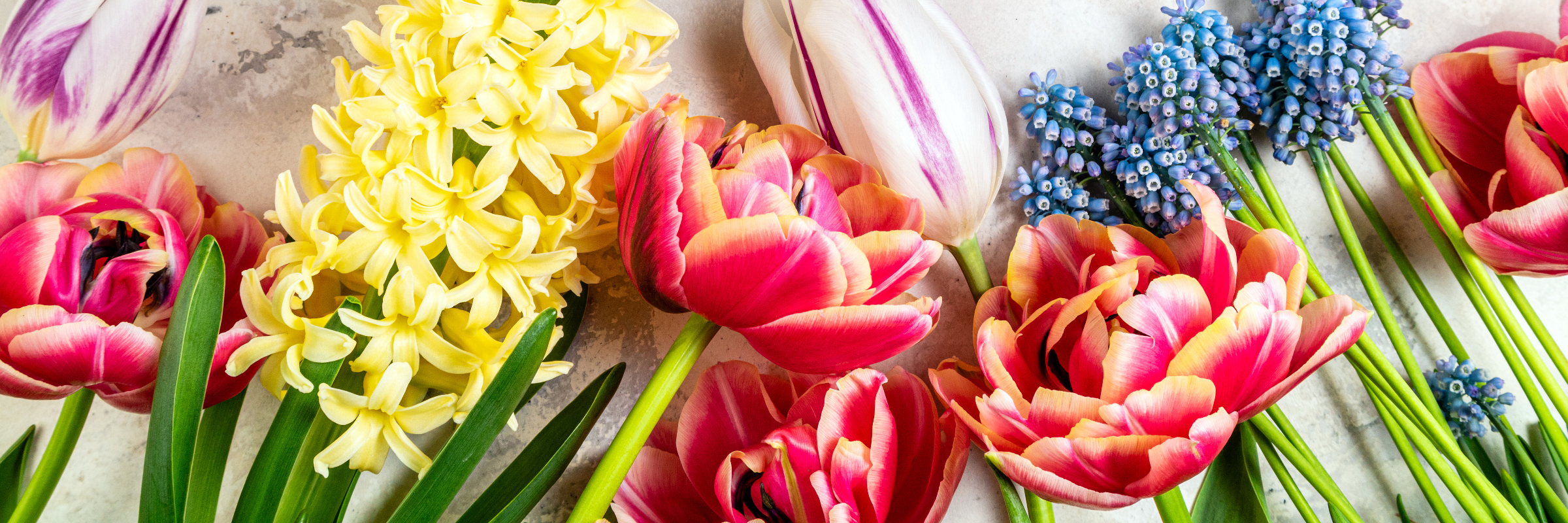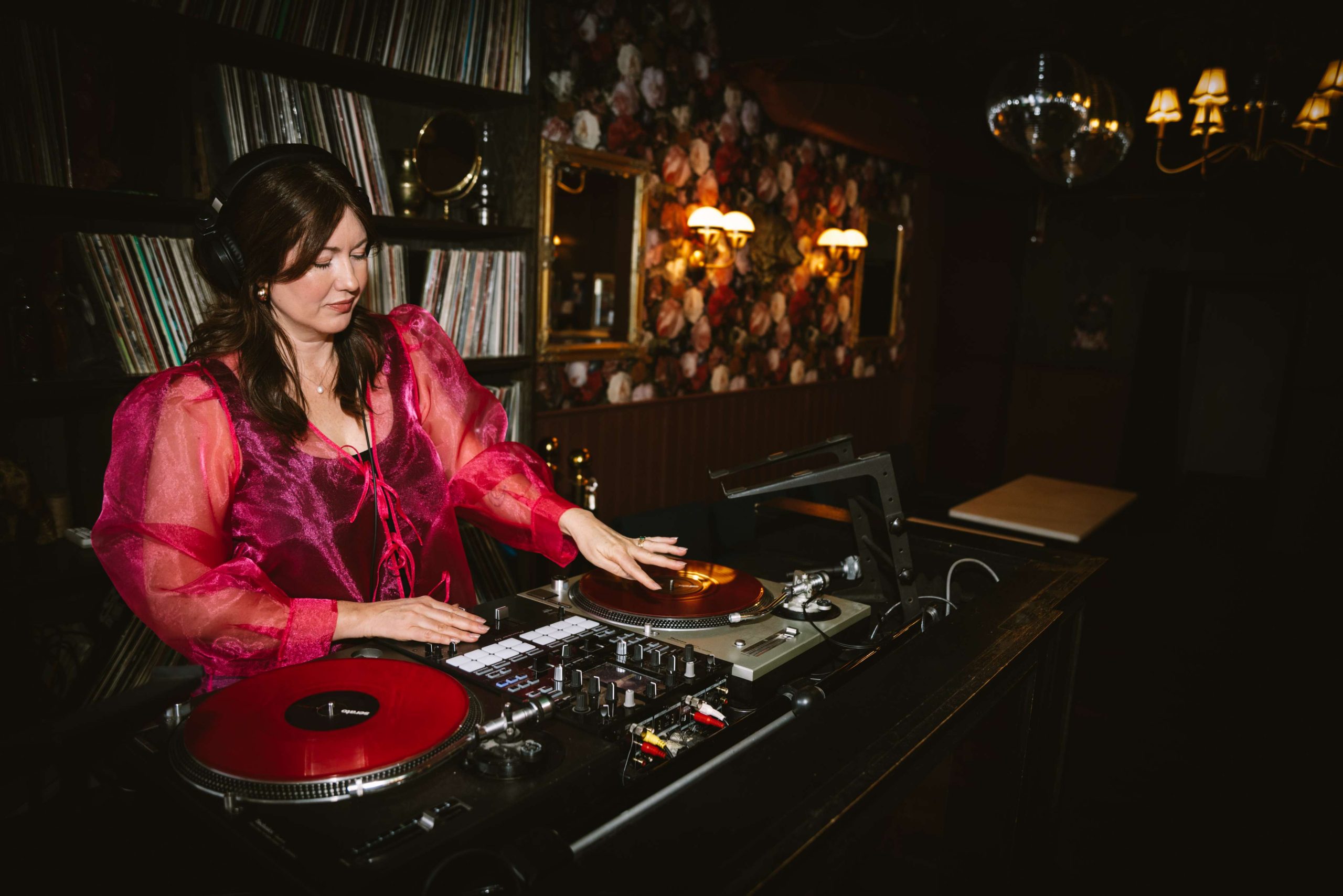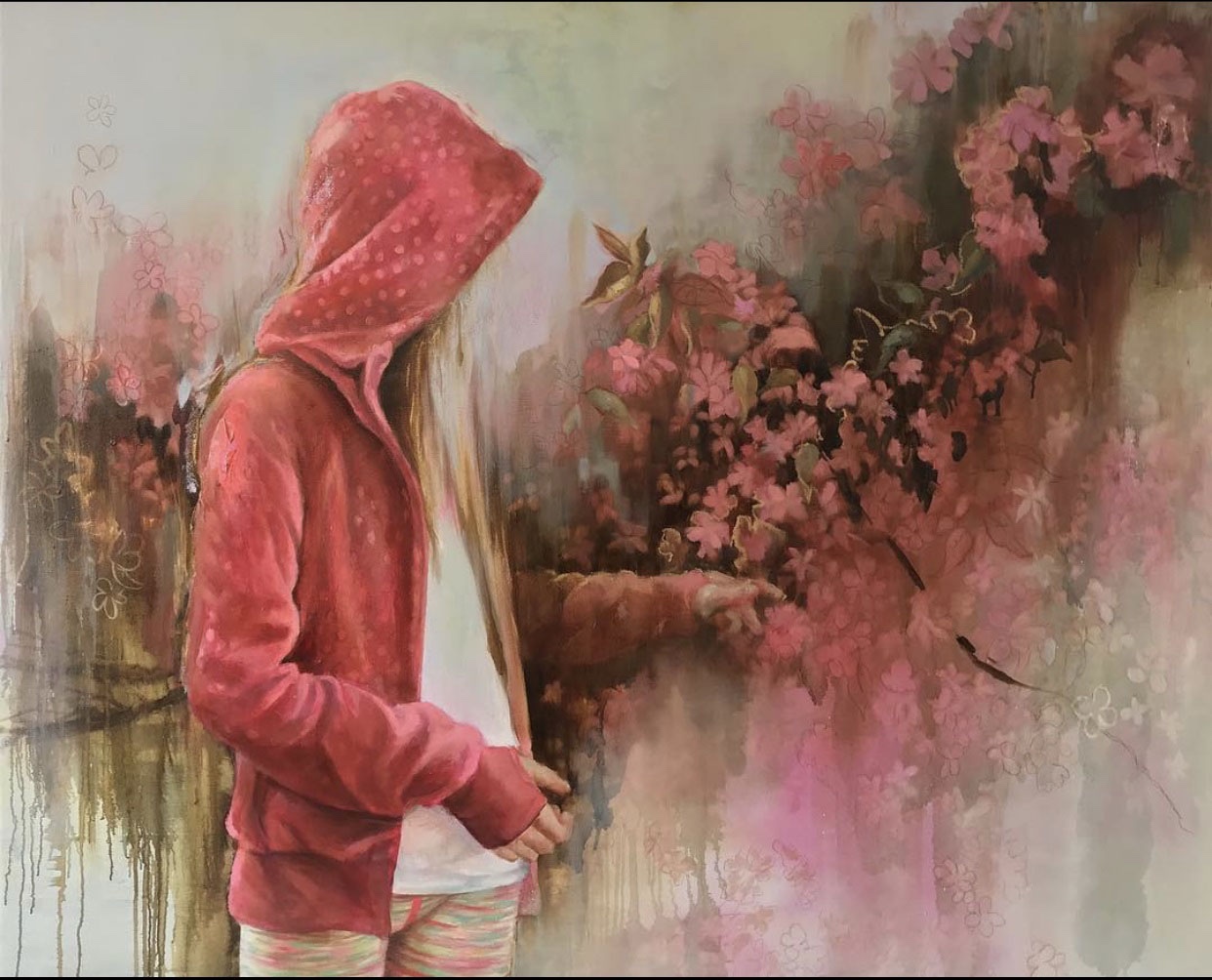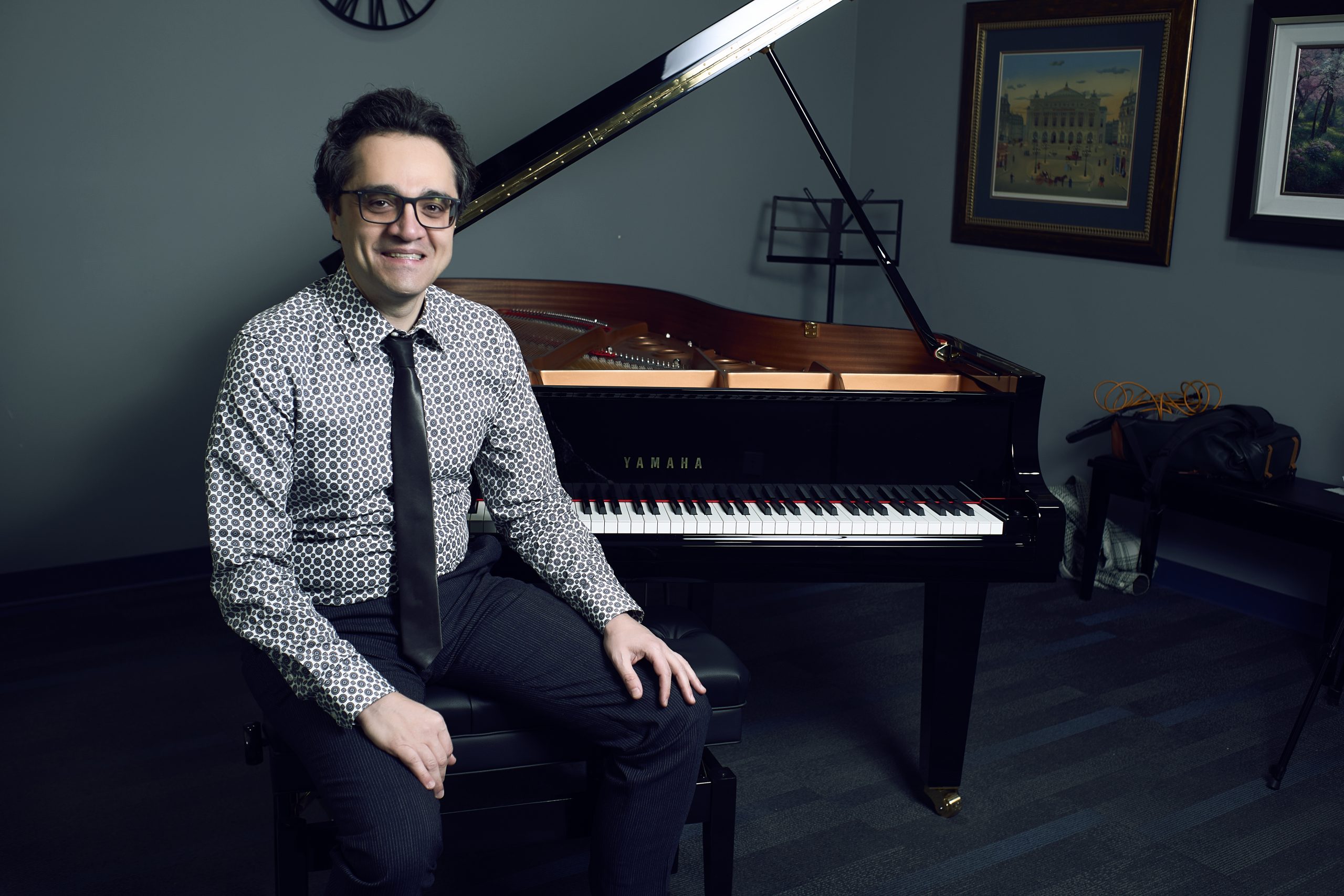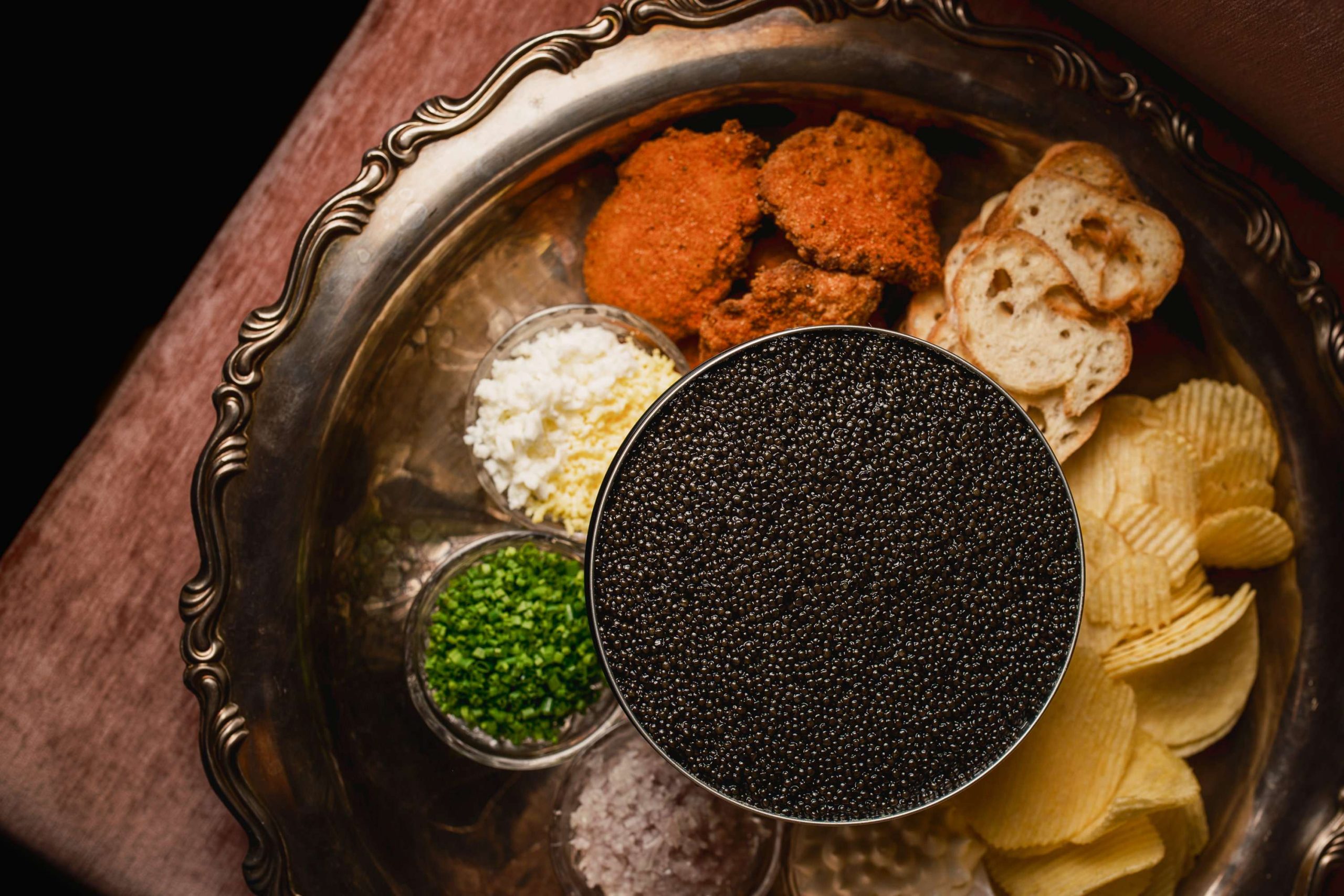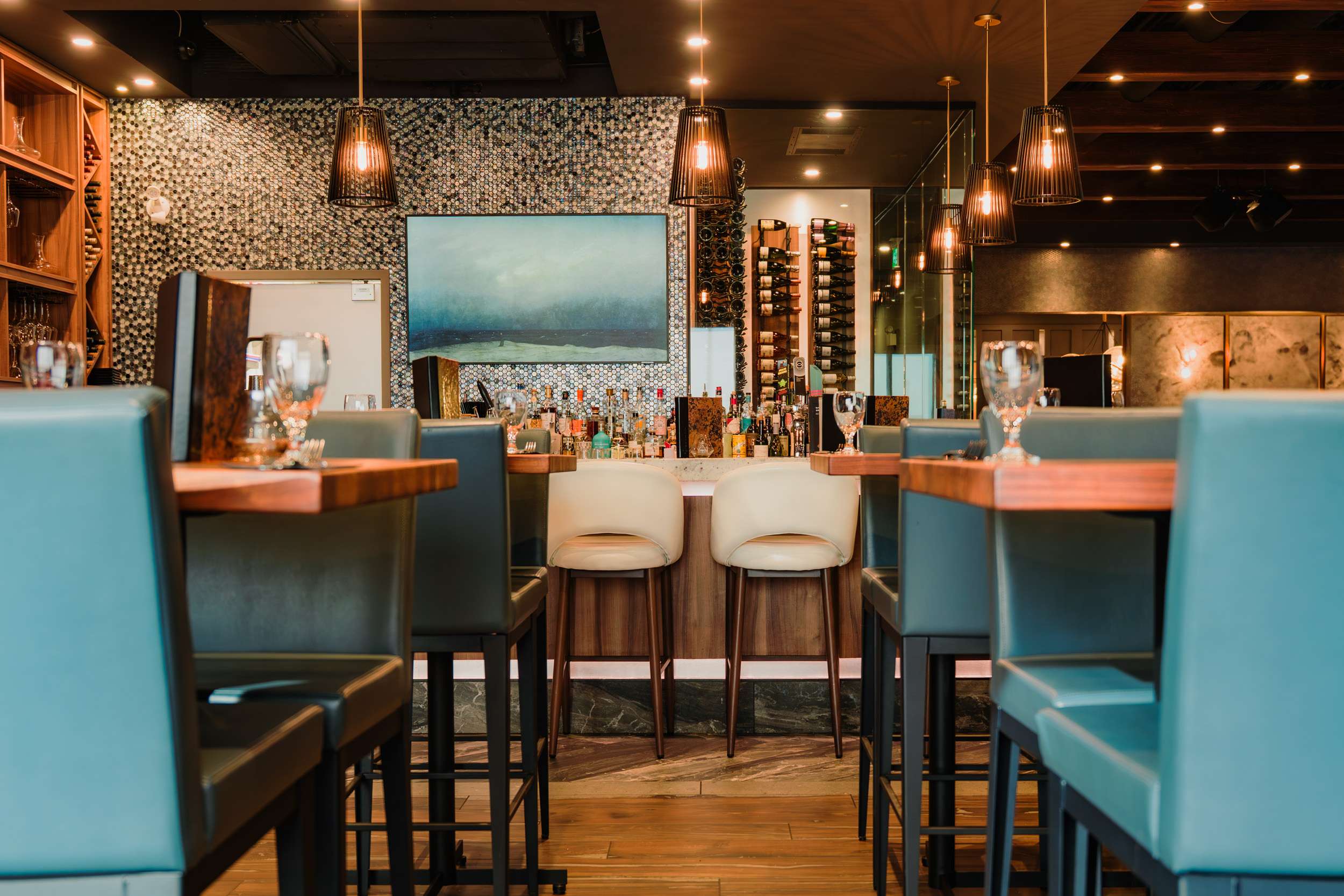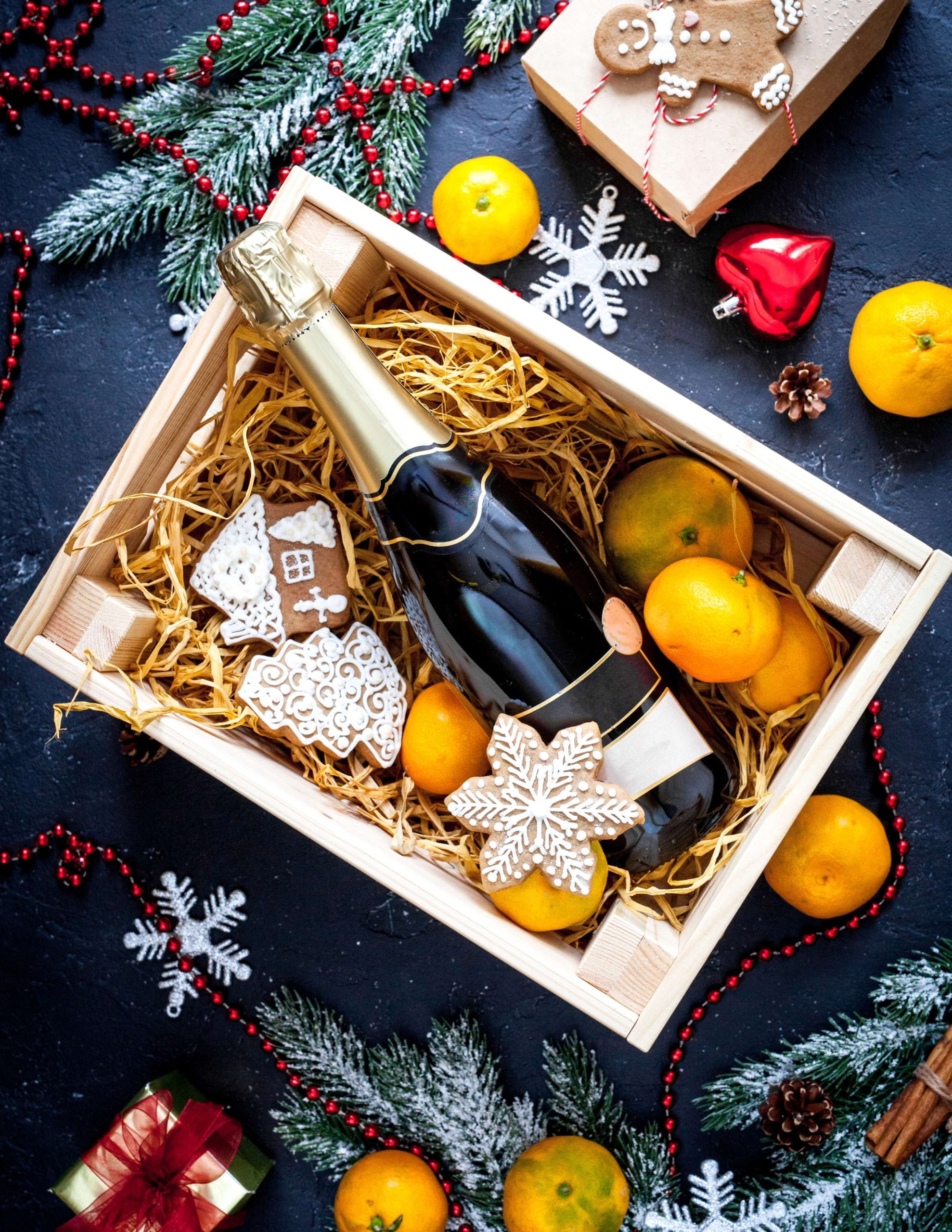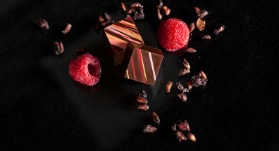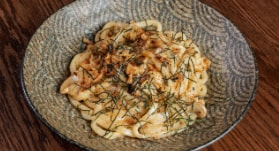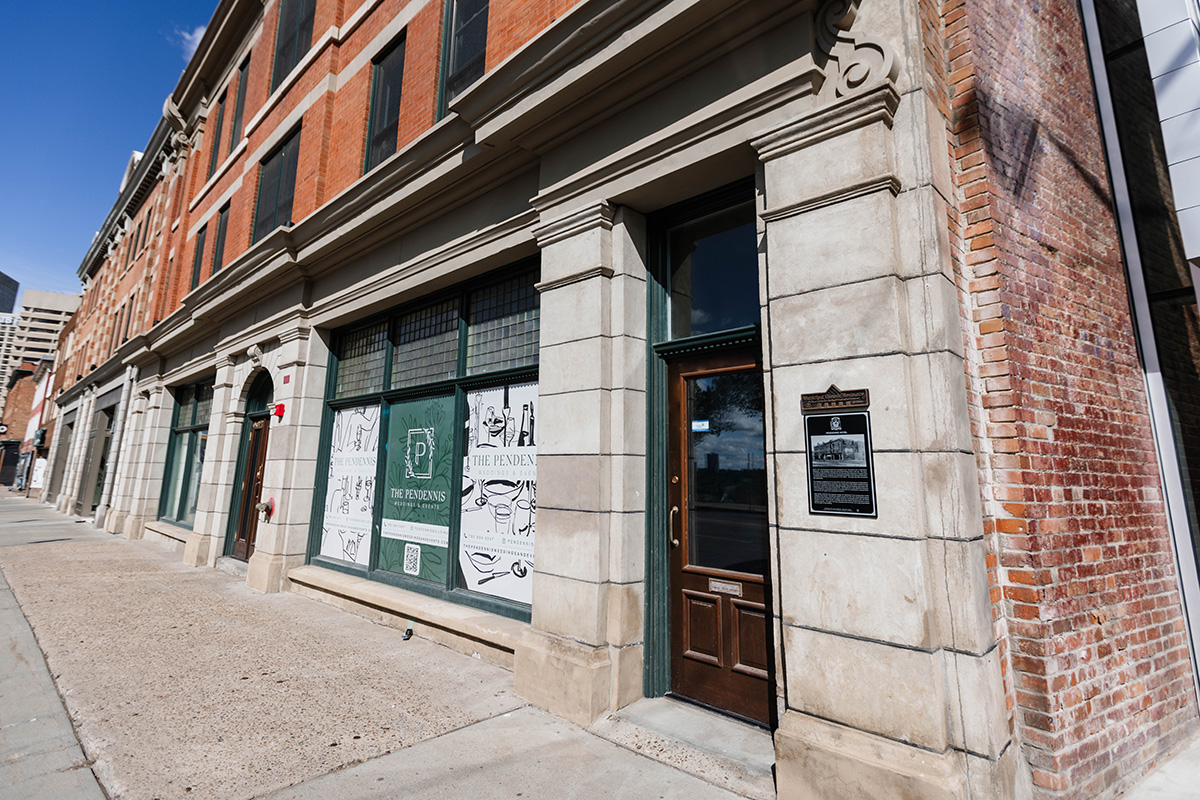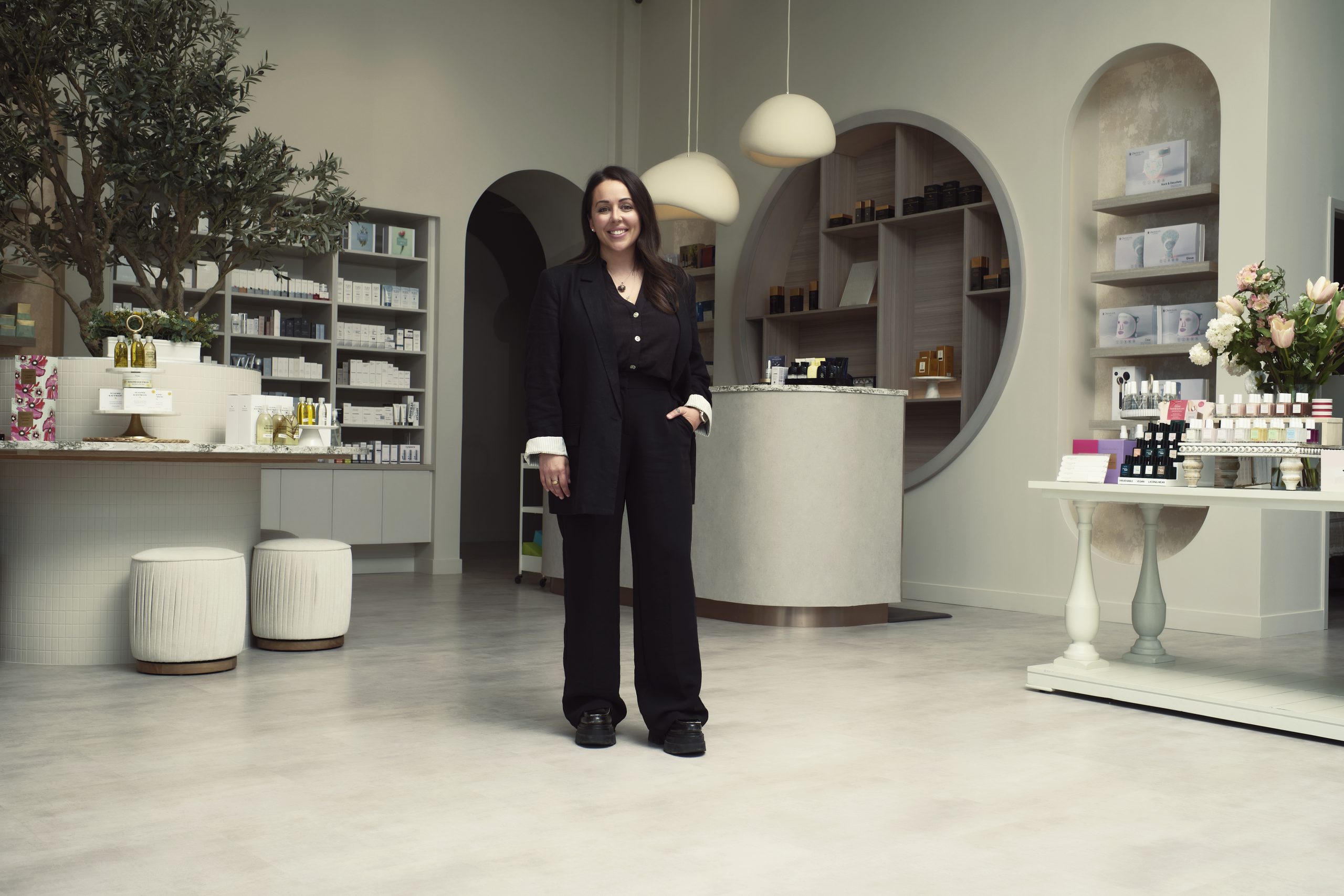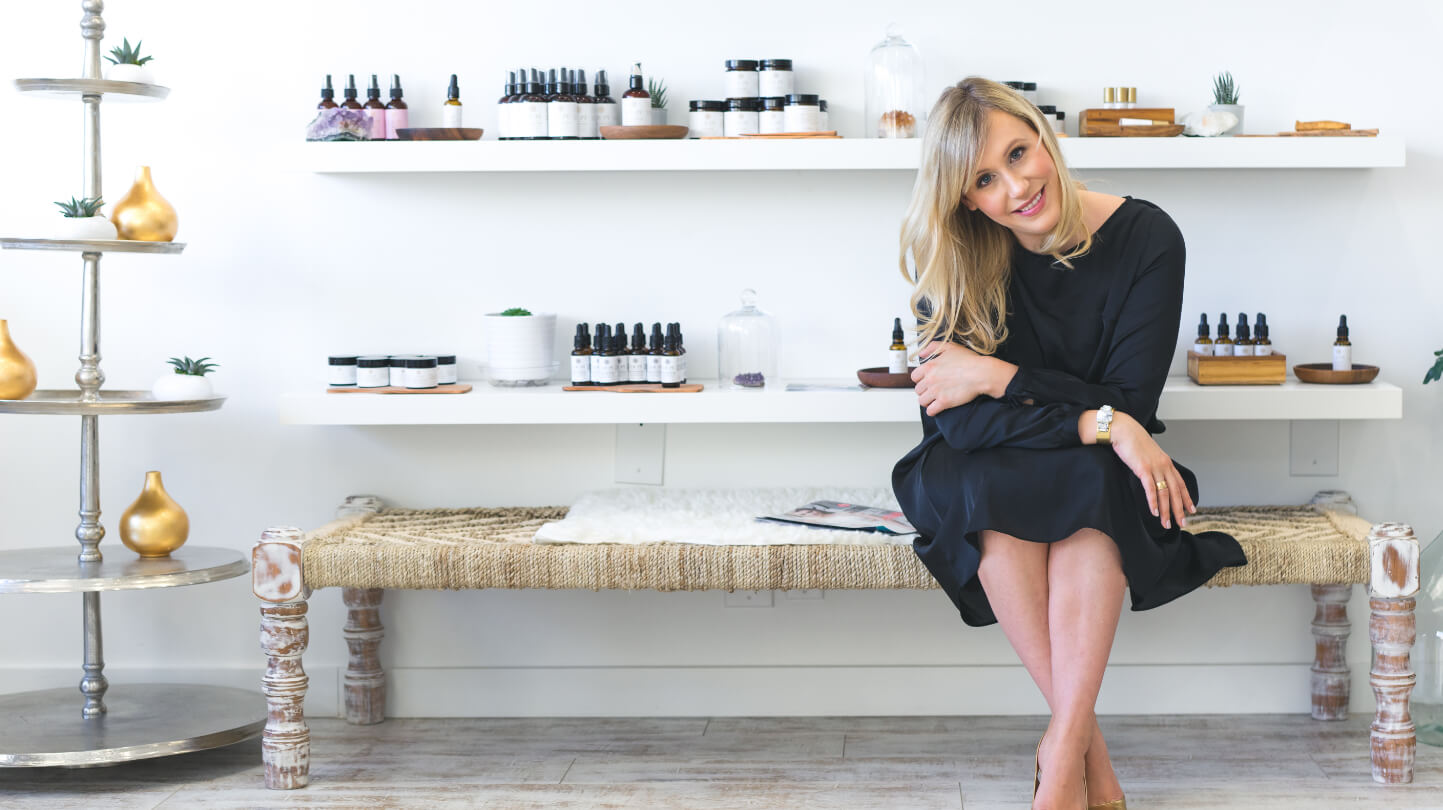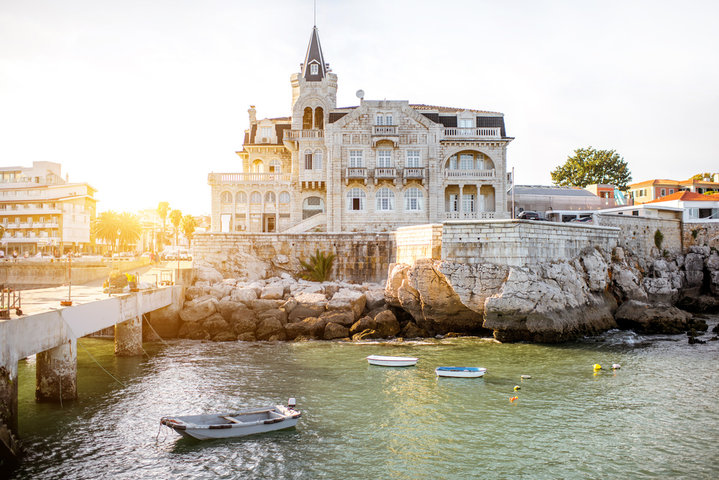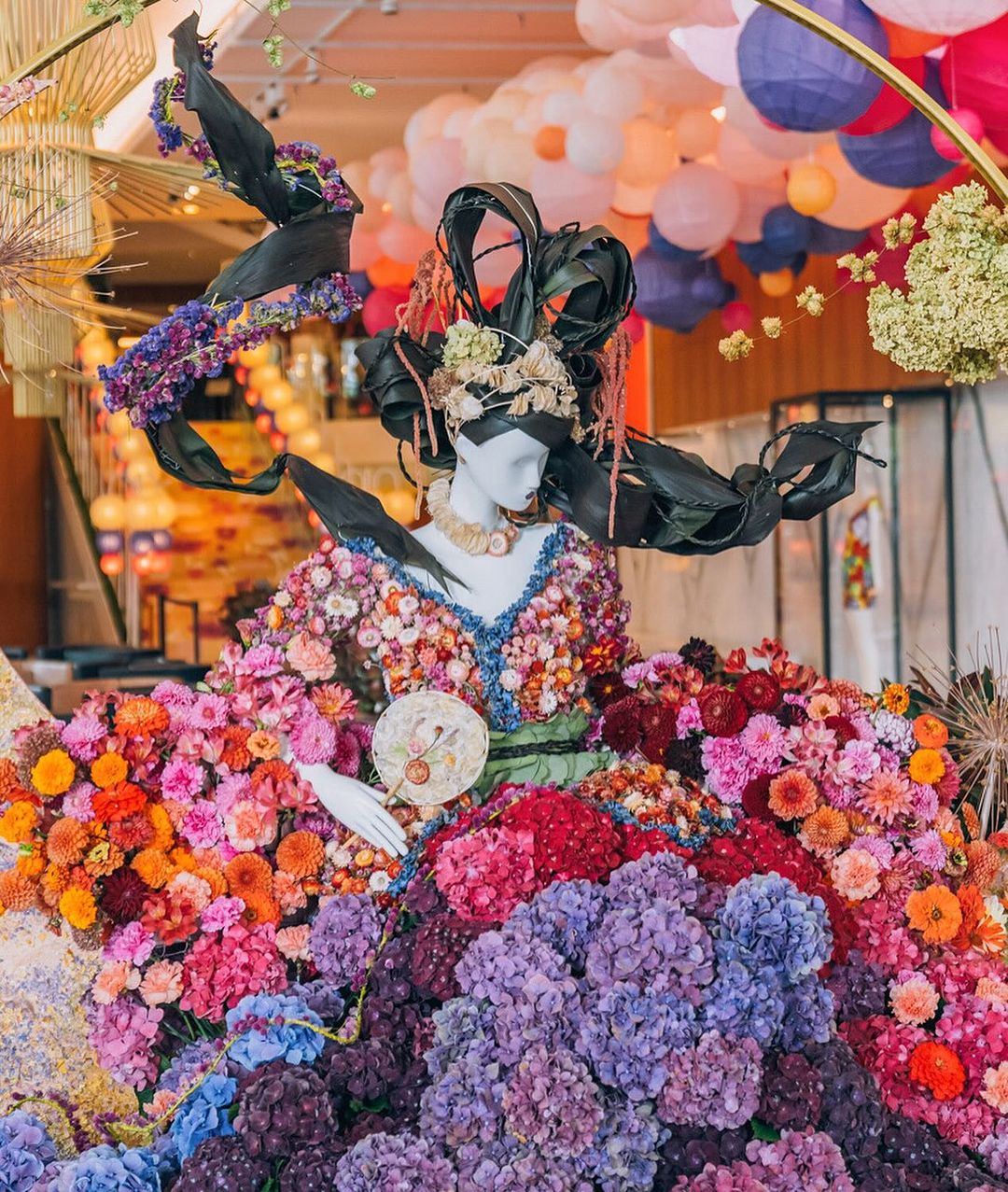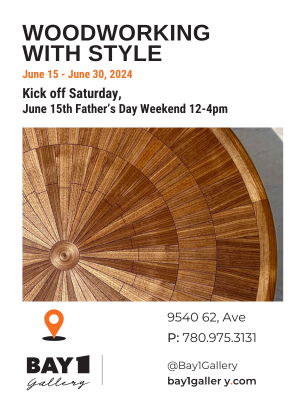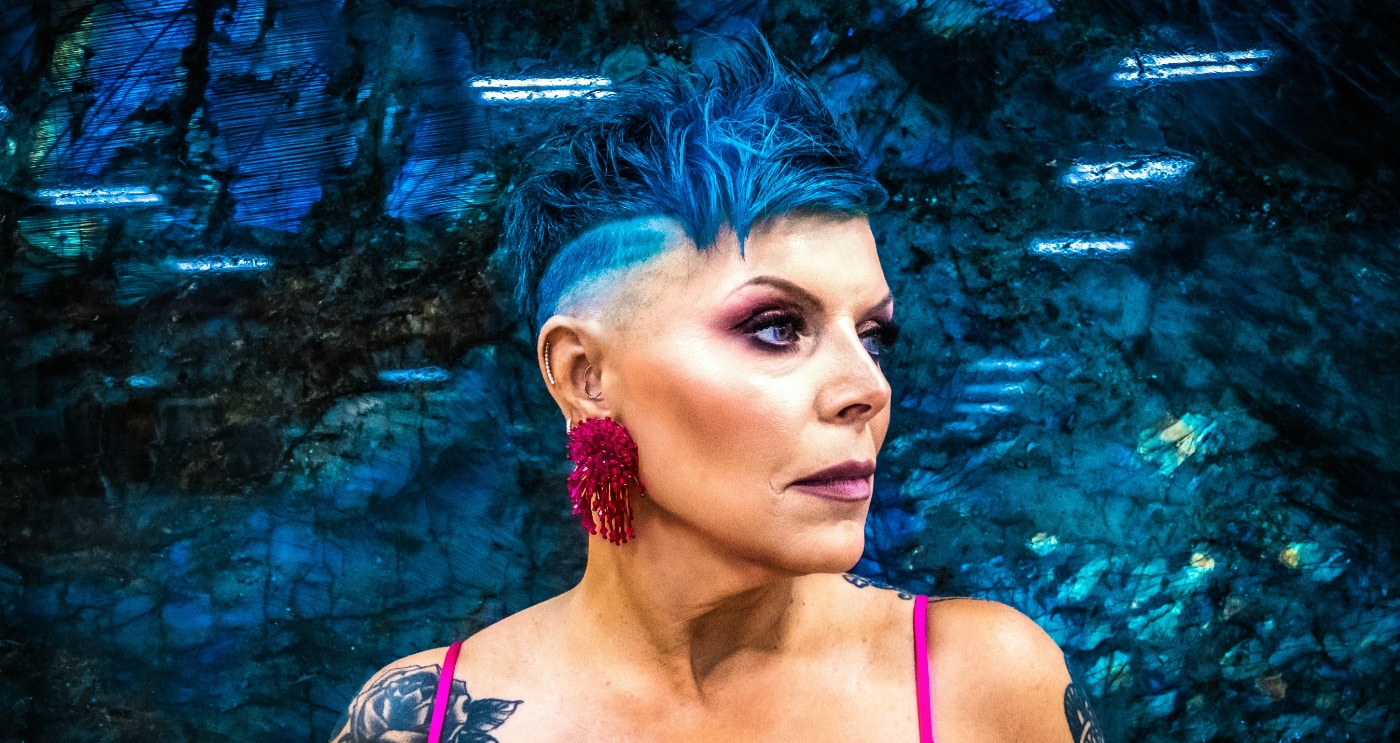An antidote for too much: pour a cup of sage tea and settle in for Dianne Meili’s evocative journey through art and community.
We are all very aware of the role technology plays in our daily lives. Many of us have apps to track our use and remind us to stop and take deep breaths. In this context, when contacting Dianne Meili to speak about her evocative art, her paused response was because her “hands were in clay.”
That desire to create; to take earth, as Dianne says, and transform it into something of use and something to delight the senses is also what helped Dianne survive. Her initial foray into pottery transpired as a coping strategy. Her “deep postpartum depression” and feeling of isolation encouraged Dianne to seek connection. She found the pottery of Peace River artist, Geri France and from there a path unfolded upon which Geri taught Dianne for almost two years. When Dianne moved to Stony Plain, she immediately satiated her desire for a local artistic connection and took courses from and later joined the Parkland Potters Guild.
If you assume that Dianne’s culture and history imbue her creative practise, you are right. Dianne is Cree Metis and her great grandmother was the well-known Cree Elder, healer, and midwife, Victoria Belcour. Her sacred homeland is Manitou Sakahigan, God’s Lake, also known as Lac Ste. Anne. Dianne bears testimony to that history and her profound ties with community enrich her pottery. The coming together of her own roots, and the act of creating is testament to the type of connection the beholder has with Dianne’s art. As Dianne explains, making with clay literally enables the inextricable co-mingling of the elements: earth, water, fire and air, in the sense of Dianne’s spirit.
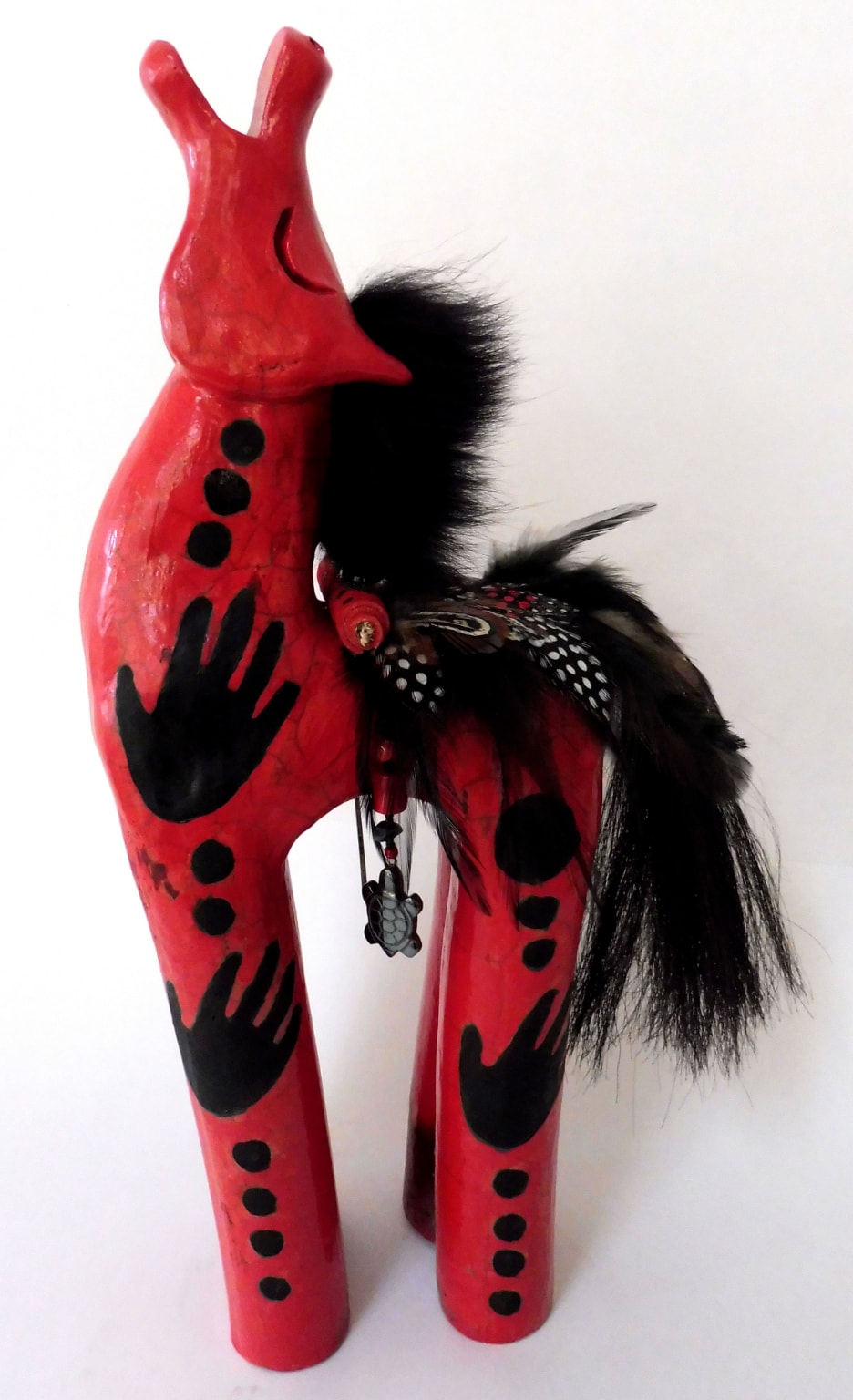
Pahkisimon (Pak-ee-see-mun) Sunset in Cree, decorated with elk and horse, wild and exotic bird feathers, precious stones, beads, crystals and turquoise cabochons
That desire to create; to take earth, as Dianne says, and transform it into something of use and something to delight the senses is also what helped Dianne survive.
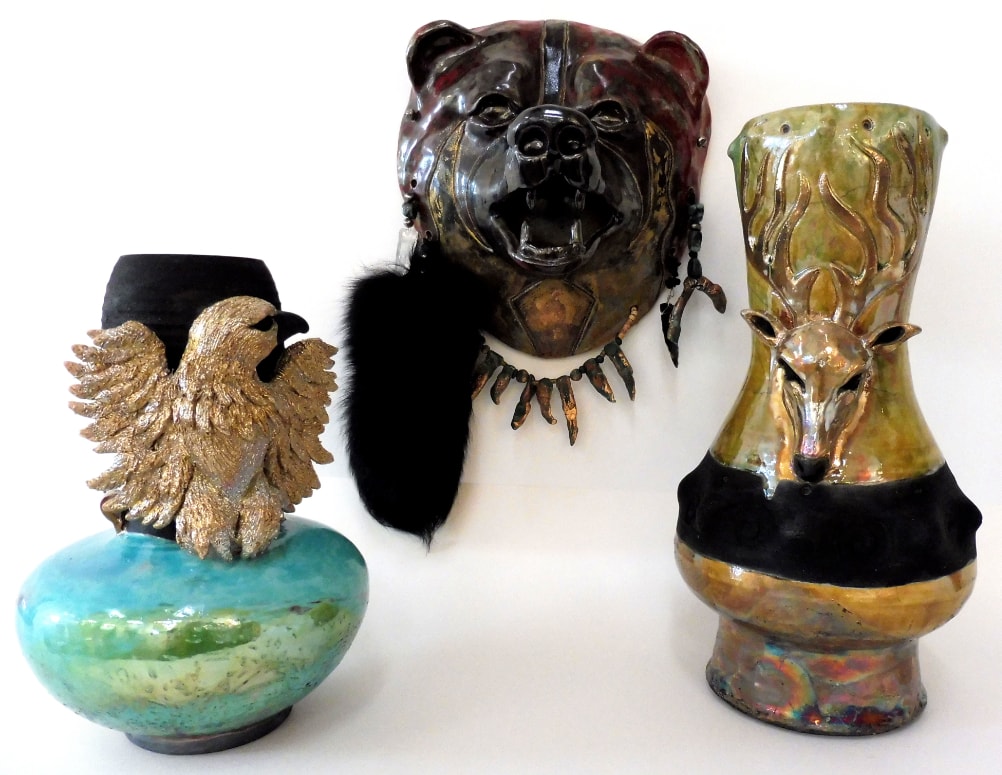
This creative turn usually appears as a way to decode Dianne’s feelings about an animal spirit, be it wolf, eagle, buffalo, or cougar, but can also be more overtly political in the sense of giving space to voices that have been quietened. Dianne recounts her reasoning behind her half decorated clay, Ghost Dress, to symbolize the life of Nina Courtepatte. Dianne’s clay representation brings forth what is missing and highlights the needless loss of the thirteen year old writer and artist. It is a narrative of absence and questioning of how to conceptualize inequalities.
Dianne’s intertwining of art, spirituality, commentary, and beauty will one day come together in the form of a collective studio. Dianne’s future beckons a state of the art space that houses a collective of young Indigenous women who create pieces that articulate celebration as well as unity. Through Dianne’s art, we are connected to each other, and to a wider history and community.
Places To Be
See this month's local flavours, products, and services.

